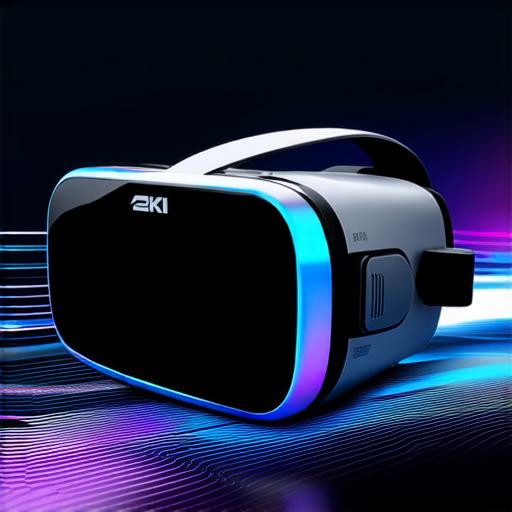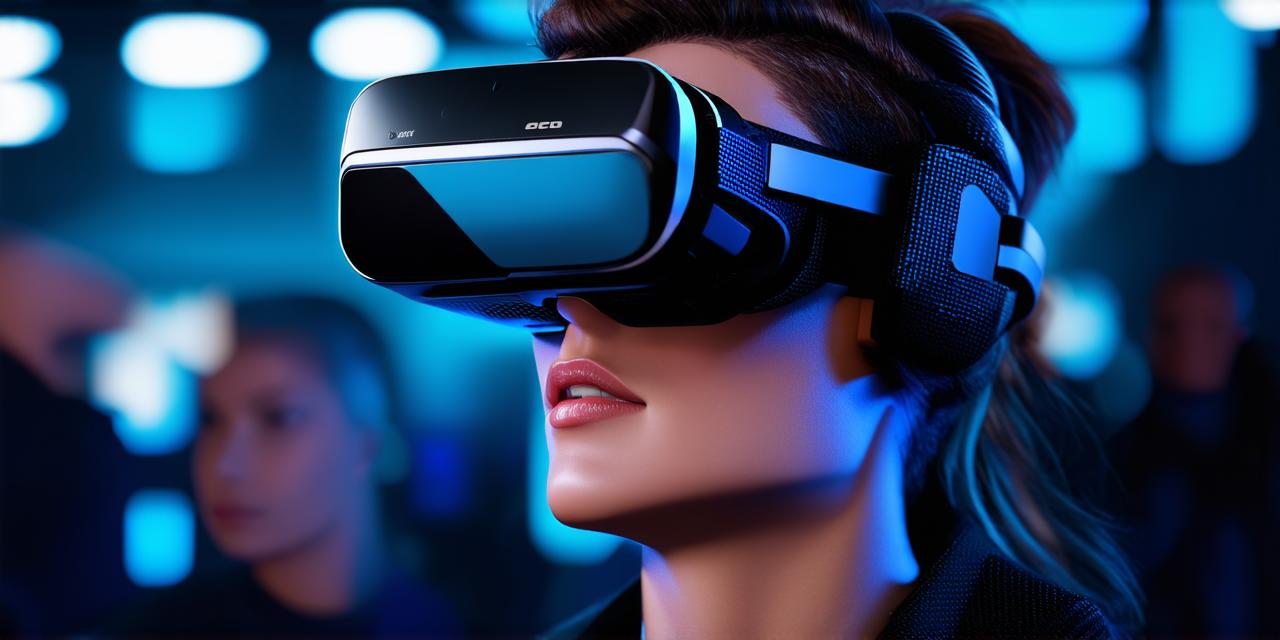Virtual reality (VR) technology is rapidly changing the way we experience and interact with the world around us.
From gaming to healthcare, VR has the potential to revolutionize many industries. However, as with any new technology, it’s important to continue enhancing virtual reality technology to make it even more effective and efficient.
Improved User Experience
One of the main benefits of enhancing VR technology is improving the user experience. As with any new technology, VR has its limitations. For example, some users may experience motion sickness or discomfort while wearing VR headsets for extended periods of time.
However, by continuously enhancing the technology, developers can address these issues and create a more comfortable and enjoyable experience for users.
For instance, researchers at Stanford University have developed a new algorithm that can predict and prevent motion sickness in VR users. The algorithm uses machine learning to analyze user movements and adjust the VR environment accordingly, reducing the likelihood of motion sickness. Similarly, Oculus has introduced an updated version of their headset, the Oculus Quest 2, which offers 1832 x 1920 pixels per eye, providing a stunningly realistic visual experience.

Increased Productivity and Efficiency
Enhancing VR technology can also lead to increased productivity and efficiency in many industries. For example, in the healthcare industry, VR has been used for training medical professionals and simulating surgical procedures.
However, by continuously enhancing the technology, we can make these simulations more realistic and effective, allowing doctors and nurses to better prepare for real-life situations.
In addition, VR can be used to create virtual workplaces that allow employees to collaborate and work together in a simulated environment. For example, architects can use VR to visualize their designs and make changes in real-time, reducing the need for costly physical models. Similarly, engineers can use VR to test and refine their designs before building a physical prototype.
Improved Accessibility and Inclusion
Enhancing VR technology can also improve accessibility and inclusion for people with disabilities or those who may not have access to traditional technologies.
For example, VR can be used to create virtual environments that allow individuals with limited mobility to experience activities that they may not have been able to do otherwise.
In addition, VR can be used to create virtual therapy programs that help individuals with mental health conditions such as anxiety and depression. These programs can provide a safe and controlled environment for individuals to confront their fears and improve their overall well-being.
Case Studies: Enhancing VR Technology in Real Life
To illustrate the importance of enhancing VR technology, let’s look at some real-life examples.
One such example is the use of VR in the gaming industry. In recent years, we have seen the rise of high-quality VR games that provide an incredibly immersive and realistic experience for players.
For example, the popular game “Beat Saber” uses VR to create a virtual reality environment where players can use controllers as light sabers to slash through incoming blocks in time with music. The game has been praised for its immersive and engaging gameplay, and has even been used as a tool for physical therapy in some cases.
Another example is the use of VR in the education sector. Teachers can use VR simulations to provide students with an interactive and engaging learning experience that allows them to explore and learn in a safe and controlled environment.
Enhancing VR technology can also have a positive impact on the tourism industry. For instance, some hotels and resorts are using VR technology to allow their guests to virtually experience their property before making a booking. This not only provides an engaging experience for potential guests but also helps hotels and resorts to reduce their carbon footprint by reducing the number of physical visits.
FAQs
1. What are some examples of how VR technology can be enhanced?
* Improved resolution and graphics on VR displays
* Development of new algorithms to reduce motion sickness
* Enhancements to the haptic feedback system in VR headsets
* Creation of more realistic virtual environments
2. How can VR technology improve productivity and efficiency in the workplace?
* By creating virtual workplaces that allow for collaboration and teamwork
* Through the use of VR simulations for training and education
* By allowing individuals to test and refine designs before building physical prototypes
3. What are some examples of how VR technology can improve accessibility and inclusion?
* Creating virtual environments that allow individuals with limited mobility to experience activities they may not have been able to do otherwise
* Developing virtual therapy programs for people with mental health conditions
* Providing virtual experiences for individuals who may not have access to traditional technologies.
